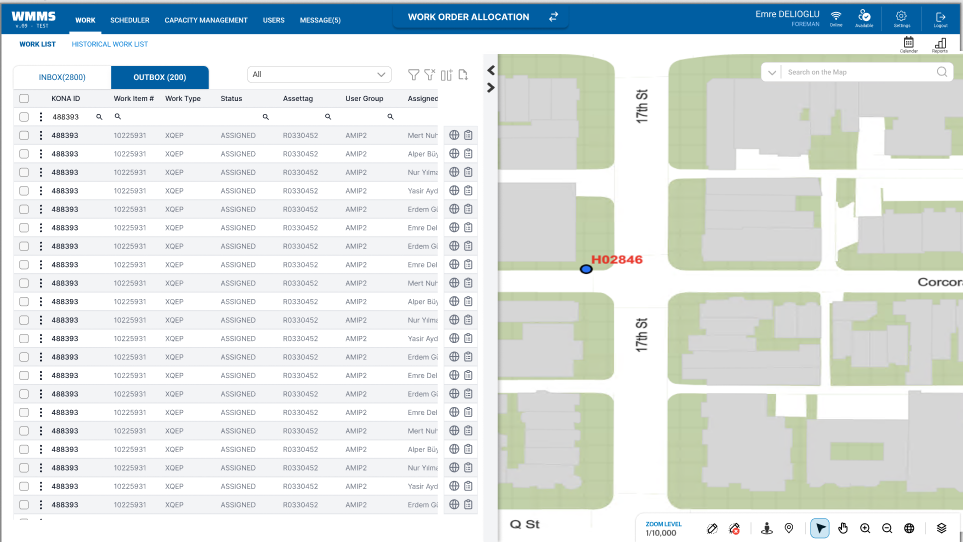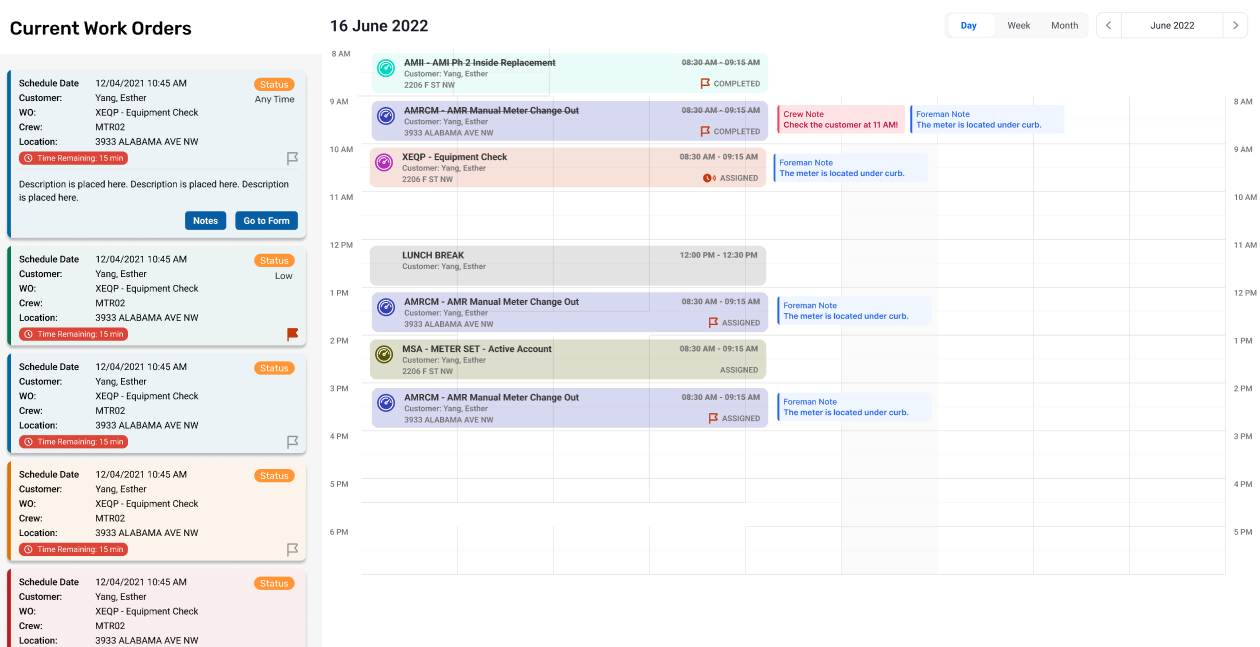The District of Columbia Water and Sewer Authority (DC Water) is responsible for providing drinking water, sewage collection, and sewage treatment in the United States District of Columbia. The company also maintains over 9,000 public fire hydrants in the District of Columbia and provides wholesale wastewater treatment services to several neighbouring municipalities in Maryland and Virginia. The District Government and the United States federal government formed DC Water as an autonomous entity of the District government in 1996. DC Water delivers water, sewage collection, and treatment to over 600,000 inhabitants, 16.6 million annual tourists, and 700,000 persons employed in the District of Columbia. The organization also treats wholesale wastewater for 1.6 million people in Maryland’s Montgomery and Prince George’s counties and Virginia’s Fairfax and Loudoun counties.
Historically, utility organizations have used a combination of SCADA, maintenance logs, spreadsheets, and paper ticketing forms to manage daily service requests and routine maintenance tasks for historical monitoring information, such as pipe breakage, valve maintenance, maintenance hole cleaning, and similar assets, over the years. Work order information was dispersed over numerous forms, e-mails, texts, and chats, resulting in communication gaps between different levels of the workforce, inefficiencies in creating accurate reports, and challenges in tracking labour and materials expenses.
AMS has built-in integration capabilities and customizable integration modules for the user to define more integration points. Moreover, the Built-in integration modules support integrations with GIS’s point and area data support; SAP integrations to allow the user to incorporate ERP and customer data; IBM Maximo and other asset management system integration. The app can work offline or online to enable seamless data flow in field operations.


AMS comes with a modern and robust design that is fully customizable with a database designer screen and drag and drop style page designer screen. System admin can determine which data to store with which relations and then create user screens with the database and connections defined beforehand. The admins can add or update data tables, add different types of data fields, construct hierarchical data widgets, add pictures, widgets, data summary widgets, reports, charts, and many other customizable widgets tailored for the specific user needs.


